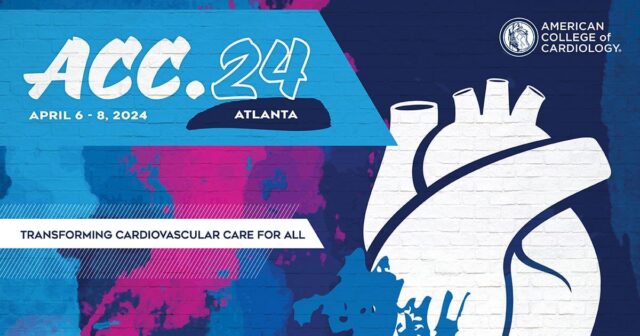In recent years, TAVR has been increasingly used; however, when it comes to younger, lower risk patients, its use is still challenged.

In this context, there is limited information and we lack randomized studies on “real world” cohorts.
The DEDICATE randomized 1.414 patients over 65 with severe symptomatic aortic stenosis. 701 of these patients received TAVR and 713 surgical valve replacement (SAVR). Patients requiring CABG in addition to SAVR were excluded, as were those with prior SAVR, bicuspid aortic valve, any other valvulopathy requiring surgery or other condition that might increase surgical risk.
The primary outcome at one year was all cause death and stroke.
Mean patient age was 74, and 56% were men. Mortality STS was 1.8%, with 57% ejection fraction. The presence of hypertension was 84%, diabetes 33%, CAD 36%, peripheral vascular disease 6%, stroke 6%, chronic obstructive pulmonary disease (COPD) 15%, atrial fibrillation 28%, right bundle branch block (RBBB) 9.5%, left BBB 7% and pacemaker 5%.
Read also: ACC 2024 | PREVENT Study.
TAVR was mainly via femoral approach, and the balloon expandable valves were used more often than the self-expanding (61.4%). The use of cerebral protection devices was 5%.
At one year, the primary outcome resulted 5.4% vs. 10% (hazard ratio, 0.53; CI 95%, 0.35 to 0.79; P<0.001 for non-inferiority) for TAVR and SAVR respectively.
After one year followup, all-cause mortality resulted 2.6% vs. 6.2% (hazard ratio, 0.43; CI 95%, 0.24 to 0.73) for TAVR and SAVR respectively. Cardiac death was 2% vs. 4.4% (hazard ratio, 0.47; CI 95%, 0.24 to 0.86), stroke 2.9% vs. 4.7% (hazard ratio, 0.61; CI 95%, 0.35 to 1.06), cerebrovascular or transient ischemic attack (TIA) 4.1% vs. 5.1% (hazard ratio, 0.61; CI 95%, 0.35 to 1.06), disabling stroke 1.3% vs. 3.1% (hazard ratio, 0.42; CI 95%, 0.19 to 0.88), need for definite pacemaker implantation 11.8% vs. 6.7% (hazard ratio, 1.81; CI 95%, 1.27 to 2.61) and presence of atrial fibrillation 12.2% vs. 13.8% (hazard ratio, 0.36; CI 95%, 0.28 to 0.46).
Read also: ACC 2024 | DanGer-Shock Trial.
Echocardiographic analysis at 12 months showed no differences in mean gradient, aortic valve area or presence of leaks, either moderate or severe.
Valve thrombosis rate, endocarditis, reintervention and hospitalization for cardiac failure was low and similar between strategies.
Conclusion
In patients with severe aortic stenosis and low or intermediate surgical risk, TAVR was not shown inferior vs SAVR in terms of all cause death or stroke at one year.

Dr. Carlos Fava.
Member of the Editorial Board of SOLACI.org.
Original Title: Transcatheter or Surgical Treatment of Aortic-Valve Stenosis.
Reference: S. Blankenberg, et al. for the DEDICATE-DZHK6 Trial Investigators NEJM DOI: 10.1056/NEJMoa2400685.
Subscribe to our weekly newsletter
Get the latest scientific articles on interventional cardiology





